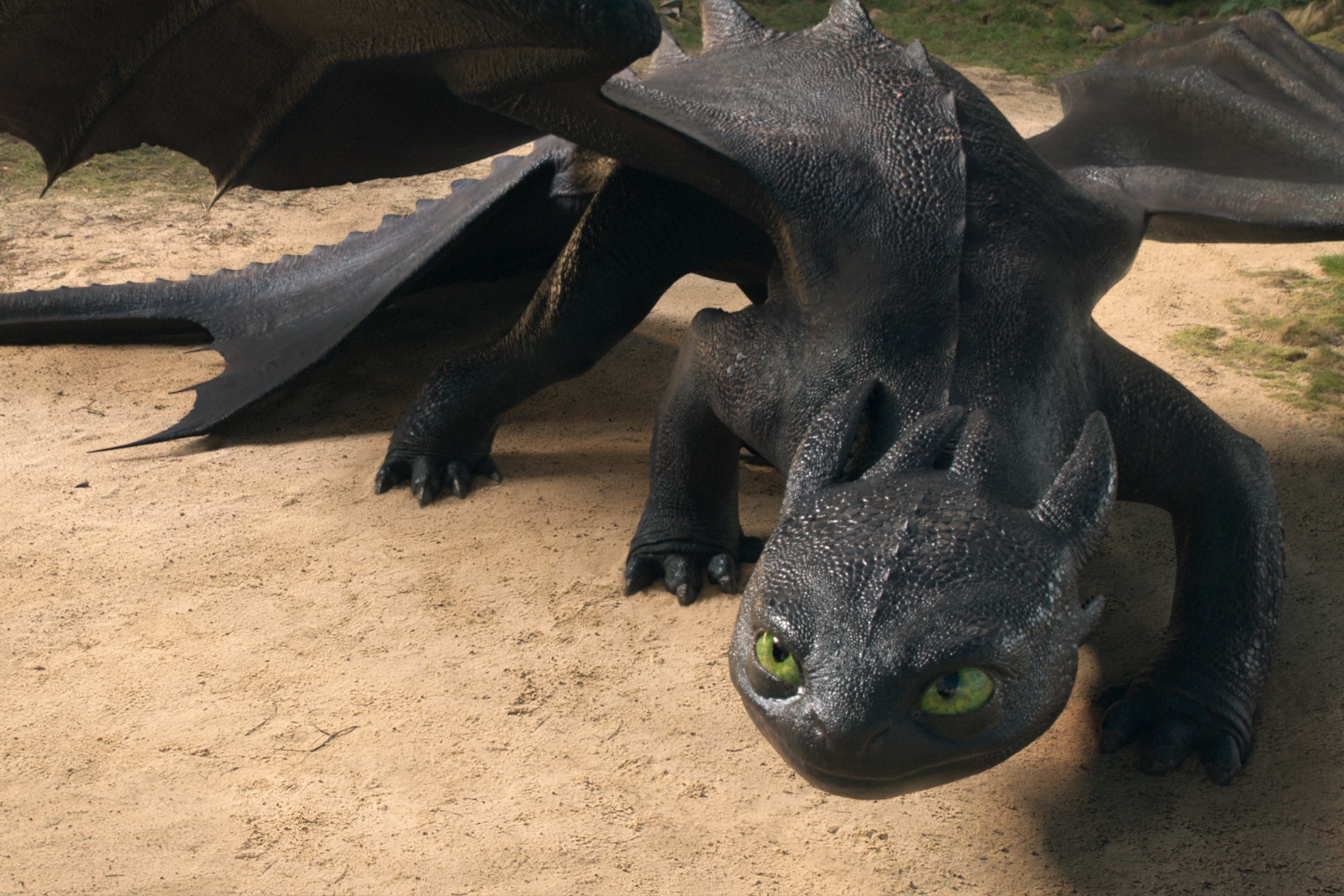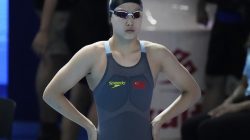The Live-Action Adaptation of How to Train Your Dragon: A Journey into Realism
The live-action version of How to Train Your Dragon, featuring Mason Thames as Hiccup and Nico Parker as Astrid, is now available for digital purchase or rental. This film marks a significant step in bringing the beloved animated world to life with an emphasis on realism and emotional depth.
Challenges in Bringing Dragons to Life
One of the most daunting tasks for writer/director/producer Dean DeBlois was translating the iconic dragons from the animated films into believable, tangible creatures that could interact convincingly with human actors. To achieve this, DeBlois partnered with Framestore, a leading company in digital character creation. Christian Manz, the VFX supervisor and creative director at Framestore, shared insights into the challenges his team faced during the development of the film.
Manz highlighted two major characters that posed unique difficulties: Toothless, the beloved Night Fury, and the Red Death, a massive and fearsome dragon. “Toothless was incredibly hard from a concept and acting perspective,” he explained. “But then the Red Death was at the other end of the spectrum, yet equally challenging in terms of scale and impact.”
The Evolution of Toothless
The goal for the live-action version of Toothless was to maintain the charm and essence of the animated character while making him feel more substantial and realistic. Framestore started working with DeBlois in October 2022, aiming to translate the vision into a digital form.
A cinematic reference that inspired the team was Buckbeak the Hippogriff from the Harry Potter films. “We looked at the natural world because you’re only going to believe these things are real if they exhibit not only the looks but also the mannerisms and character of something you’ve seen,” Manz said.
During the visual development phase, the team studied the original 3D model of Toothless and drew inspiration from various animals such as salamanders, axolotls, big cats, tortoises, snakes, and lizards. They focused on anatomy, ensuring that the creature’s proportions felt right and that it could interact convincingly with human actors.
One of the key changes made was increasing Toothless’s height and bulk to make him more imposing. “Toothless is actually quite small in the animated film,” Manz explained. “We changed his proportions so he’s got a smaller head versus neck and smaller eyes.” Despite these adjustments, the team aimed to keep the essence of the original character.
Animating Toothless: Less Is More
Animating Toothless presented its own set of challenges. In animated films, movement plays a crucial role in conveying emotion and character. However, in live-action, the approach had to be more subtle. “In the real world, I think if Toothless had been animated in the same way, he would have felt cartoon-y,” Manz noted. “Dean was used to cheating a lot, where you can see it through the film that [Toothless] gets bigger and smaller to fit the scene based on what he needs to do. But here, we had relationships with sets and people that you couldn’t cheat.”
This required careful planning and collaboration between the visual effects team and the production designers to ensure that the dragons’ size and presence were consistent with the sets and the actors.
The Epic Scale of the Red Death
The Red Death, another major character in the film, underwent significant changes from the animated version. Framestore aimed to make her even larger, creating a sense of awe and fear. “It wasn’t just stomping around. Everything that happens drives the story,” Manz said.
Inspiration for the Red Death came from real-life sources, including SpaceX rockets. “With the Red Death’s fire, there was actually a SpaceX rocket booster on YouTube that I remembered,” Manz shared. “Once they light it, that is one of the most powerful things on Earth.”
The team applied the same dramatic visuals to the Red Death’s fire, resulting in a stunning and impactful sequence. Additionally, the design of the Red Death incorporated elements from nature, such as references to Iceland’s landscapes and magma flows, to enhance the realism of her appearance.
Looking Ahead: The Future of the Franchise
The success of the live-action How to Train Your Dragon has opened the door for future projects, including How to Train Your Dragon 2. Manz is already exploring new concepts and sequences for the next installment. “I’m already looking at concepts of dragons and I’ve already done a sequence breakdown,” he shared. “I can’t wait to see what Dean wants to do with it.”
Despite the excitement, the team faces the challenge of completing the project quickly due to the upcoming release date in June 2027. However, the foundation laid by the first film provides a strong base for further innovation and improvement.
The live-action How to Train Your Dragon is now available for digital purchase or rental, offering fans a chance to experience the magic of the original animated films in a new and immersive way. Extras such as a gag reel and deleted scenes add to the enjoyment, providing a deeper look into the creative process behind the film.







